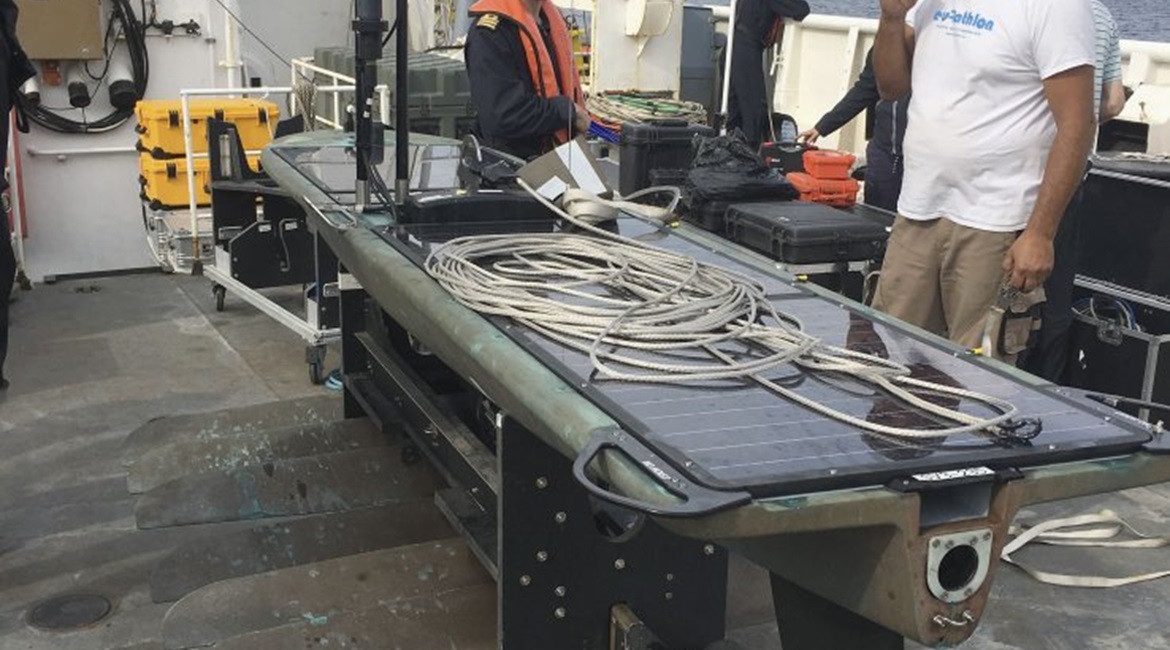
NATO pushed the boundaries of the Janus underwater communications protocol during its Recognised Environmental Picture (Maritime Unmanned Systems) – REP(MUS) – exercise held off the Troia Peninsula in Portugal from 11–27 September 2019.
Janus is an open-source communications standard but was adopted as the official NATO underwater signalling standard under STANAG 4748 in March 2017. During REP(MUS) 2019 it was used to establish communications between Portugal’s D Carlos I (Stalwart)-class hydrographic survey vessel Almirante Gago Coutinho and a Tridente (Type 214)-class submarine, along with a range of unmanned surface and underwater vehicles (USV/UUV).
Integration was the key theme for the exercise, UK Royal Navy Commander Ian Danbury, from the NATO Maritime Unmanned Systems Innovation and Coordination cell told Jane’s . “It may not be the biggest collection of unmanned systems, but it’s probably the most integrated,” he said.
This was reinforced by Dr Giorgio Cioni, NATO’s Director of Armament and Aerospace, who stressed that this was the first time this level of interoperability had been achieved, and critical to that was the exercise’s mixture of allied navies, the NATO Centre for Maritime Research and Experimentation, industry, and academia.

A Waverider USV is prepared for launch on NATO’s Exercise REP(MUS) off Portugal in September 2019. The exercise saw a range of surface and submarine platforms networked together using the Janus communications standards. (IHS Markit/James Rands)
The adoption of Janus has opened up the potential to increase data connectivity for submerged platforms as it enables communications signals to be digitised, making them more manageable and supporting the transmission of data packets over longer distances, as well as creating a common communications framework so that multinational underwater assets can talk to each other.
Looking to read the full article?
Gain unlimited access to Janes news and more...






